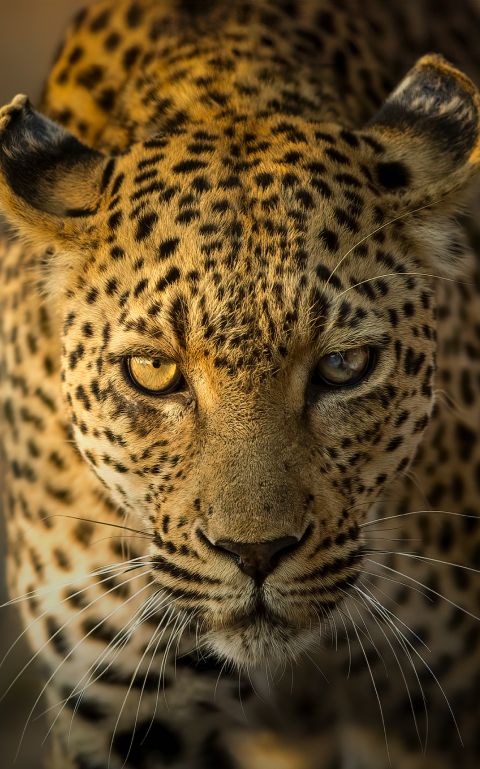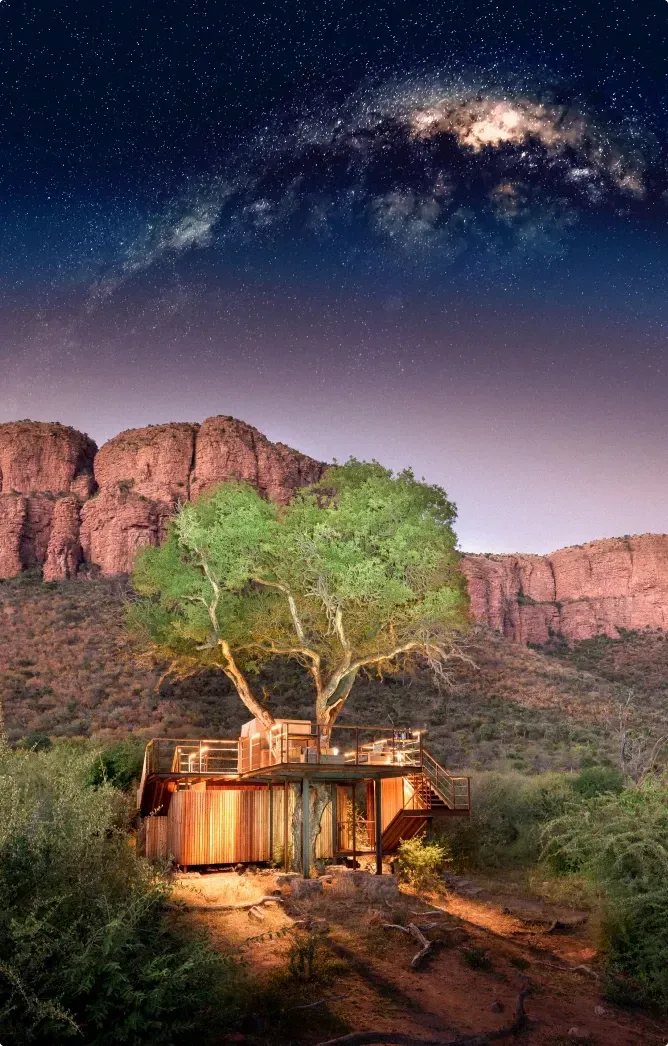Lion dynamics and territorial shifts at Lion Sands Game Reserve
October 7, 2024
Lion pride dynamics, territorial battles and new beginnings in Sabi Sand
Southern Pride: Thriving and Growing
Lion pride dynamics are a fascinating part of life in the African bush, and at Lion Sands Sabi Sand, we've been fortunate to witness these complex interactions firsthand. Over the past two months, we've observed the intricate dance of power, territory and family bonds among our resident lion prides. From established groups to newcomers, each pride contributes to the ever-changing social landscape of our reserve. We have been blessed with many sightings of the Southern pride, which continue to thrive and grow. This pride of lionesses has been incredibly efficient at taking care of their cubs and hunting frequently enough that the pride and cubs have constantly been in pristine condition.
Styx Pride: Establishing New Territory
We've also been fortunate to start seeing the Styx pride more frequently, although the sightings have been sporadic. The pride seems to be trying to establish itself, but is unsure where to settle. Sightings have been scattered throughout the eastern part of the reserve and across the river on the Kruger National Park side as well. Sadly, one of the lionesses lost her cubs, but we are happy to report that another Styx lioness has had three new cubs, and two other lionesses are potentially pregnant. This gives us hope for the pride's growth and future.

Msuthu Pride: Northern Wanderers
The Msuthu pride has been less visible lately, as they seem to prefer the northern parts of the reserve and further into the property north of us. Of late, they rarely venture deep into our reserve, limiting our sightings. There are reports of new cubs in the pride, although we have yet to see the new additions ourselves.
Male Lions and Territorial Power Struggles
The Gijima males have been very busy lately, moving back and forth between all these prides and mating with the Styx pride females. Recently, we've noticed them spending more time apart, with the smaller Gijima male hanging around the Styx pride, while the larger male seems to prefer being around the Msuthu pride. Although they do still join up and travel together, this splitting behaviour worried us, especially as we noticed the Mkhuhlu males, a coalition of four, venturing closer to our western boundary. Our concerns were justified soon after when tragedy struck. Three of the Mkhuhlu males came over the boundary and caused chaos. They sent one of the dominant Gijima male lions running when he was caught alone with two members of the Styx pride. As a result, in his retreat, he led the Mkhuhlu males to one of the Styx lionesses who'd been hiding cubs in the Sabi River, resulting in her losing them to the invading males. The Southern pride faced a similar threat but was saved by the quick thinking and strong survival instincts of the lead lioness. She managed to get her older daughters to escort the cubs westward while she stood her ground and fended off the Mkhuhlu males. The Gijima males regrouped and chased the intruders back east. While we haven't seen the Mkhuhlu males since, they're likely biding their time nearby, aware of the resident prides and looking for another opportunity to move in. As we reflect on these recent lion encounters, we're reminded of the incredible complexity of lion society. The ebb and flow of territories, the formation and dissolution of coalitions, and the constant struggle for survival paint a vivid picture of life for these apex predators. The resilience shown by the Southern pride, the adaptability of the Styx pride, and the strategic movements of the male coalitions all contribute to the ever-evolving lion landscape at Lion Sands Sabi Sand. We invite our guests to join us in witnessing this unfolding lion epic, where every game drive offers a chance to be part of one of nature's most captivating stories.














